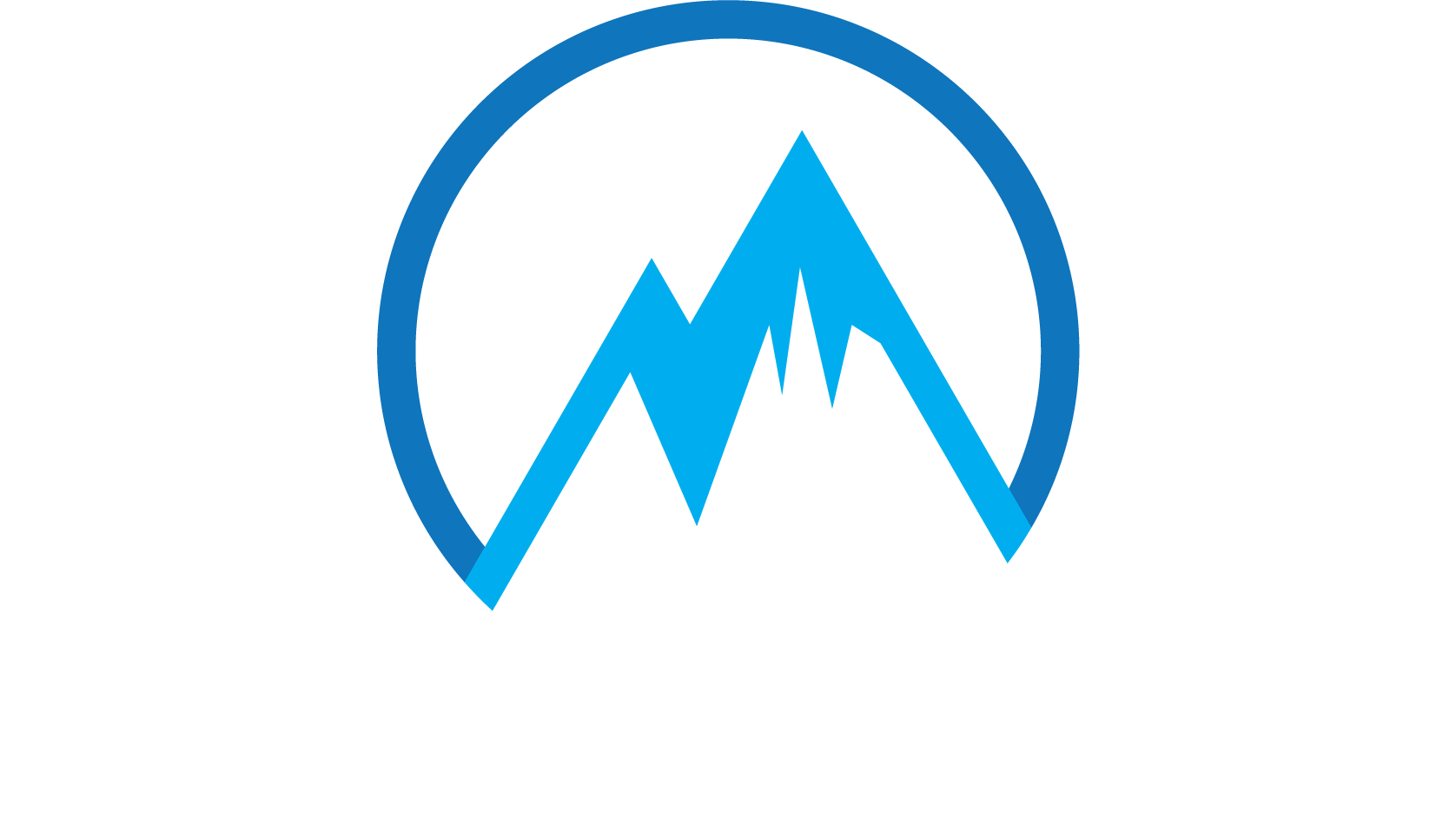In a market that is considered full employment (at least by economists), we frequently get asked what can we do to expand the talent pool and find more potential candidates. There is a litany of variables that go into the best job criteria – culture, compensation, benefits, team structure, the opportunity for growth, equity, etc. – but without question, the requirement to be onsite in an office full time, particularly for Developers and IT professionals, has become the fastest way to remove a huge portion of the available talent pool, drive your acquisition price up, and extend the length of the search.
With Urbanization across the US having a profound (and often negative) impact on the cost of living, traffic and commute times, economic mobility, and negative environmental impacts, the appeal of avoiding brutal commute times, inefficient or uncomfortable workspaces, the constant distractions of office life and additional ad-hoc meeting requests, is at an all-time high.

While there are a number of well documented, and valid, benefits to remote work, there are a number of known detractors and pushbacks commonly given by employers. Part of what is needed in the market, is a shift in the language and the approach, by calling it what it truly is…distributed work…and by stopping the narrative, that it is an all or nothing proposition.
The reality is that most large companies have several, sometimes dozens of distributed offices across the country and for true multi-nationals, hundreds globally. The idea of “remote” work, particularly in an age of technological enablement and geographically dispersed teams, is a misleading term. The modern age will be defined by the evolution of productivity and teams will be distributed where the talent is and wants to reside, but more towards a hybrid model of some onsite and some distributed work as opposed to an all or nothing, binary approach.
There are numerous factors driving us towards the inevitable conclusion of distributed work. In an always-on, always-connected world, the idea of work-life balance becomes far more consumable when working from home where child coverage and health/fitness schedules can be maintained more easily. Eliminating commute times of more than an hour each way in many major cities and voiding the constant and often, non-work-related interruptions that plague office life.
The myth that somehow a person at a desk or cube, leads to productivity is misguided and often counter to reality with countless real-life examples of companies showing significant productivity/output gains when shifting to a hybrid onsite vs. distributed model.
Companies that embrace the distributed model of working will find a happier, more productive workforce and a broader, more diverse talent pool from which to recruit. The commitment to a hybrid model sends a message that work-life balance is important to the company and sets the standard for a culture of trust and accountability.
